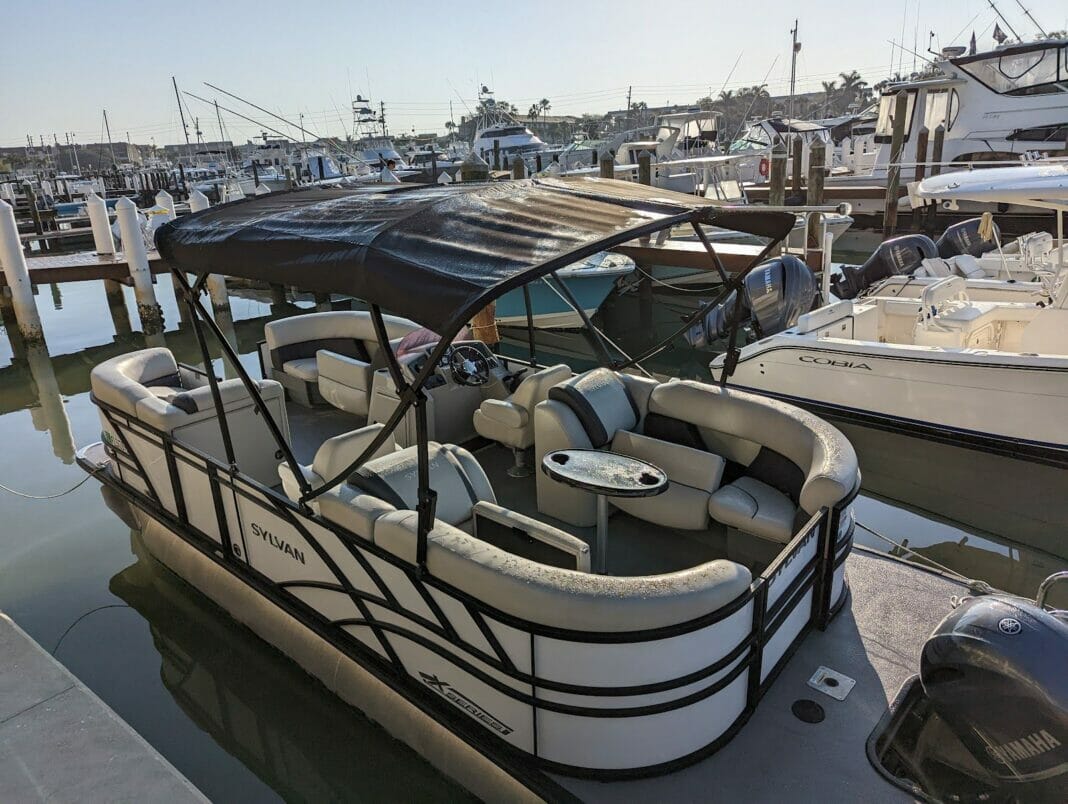Docking a pontoon boat can be a challenging task, particularly for beginners. It requires precision, patience, and practice. The good news is with proper guidance and understanding, it becomes convenient to develop both confidence and skills required to efficiently dock pontoon boats. In this article, we’ll share helpful techniques and tips that will make you an expert in docking pontoon boats like a pro in no time.
Get to Know Your Boat
Every pontoon boat has different handling characteristics depending on its size, layout, and engine setup. Before you attempt docking, it is crucial to understand the intricacies of your boat. Spend time practicing basic maneuvers such as turning and backing up in open water, which will help you understand how your boat responds to steering inputs, throttle movements, and the wind.
Assess the Conditions
Wind and current play a significant role in docking a boat. Before proceeding to dock, make sure to study the wind and current direction to know how to approach the docking area. Wind might push the boat away or towards the dock, affecting the speed of the boat, while the current could change the direction of the boat. Assessing the conditions will allow you to anticipate your boat’s behavior while docking and make appropriate adjustments.
Prepare for Docking
Docking preparation includes the following measures:
Reduce Your Speed: Slow down as you approach the dock. A pontoon boat generally requires less speed while docking.
Get Your Lines and Fenders Ready: Make sure your lines and fenders are set up on the side of the boat facing the dock. The lines should be of appropriate length with one end secured to the boat and the other ready to be tied to the dock cleats or pilings.
Adequately Assign Tasks: If you have crew or passengers available, assign one person the task of handling the lines while you focus on steering and speed control. Clear communication is crucial in executing a smooth docking.
Pivot and Approach Techniques
Two common techniques for docking pontoon boats are pivot docking and parallel docking.
Pivot Docking: This technique involves turning the boat around its center by using alternating forward and reverse gears. Approach the dock at a shallow angle, around 30 degrees. As you approach the dock, shift the engine into reverse with a moderate amount of throttle, which will cause the boat to pivot. Now, gradually move the boat forward by applying throttle and steering toward the dock until you are alongside the dock.
Parallel Docking: This method involves approaching the dock parallel to the slip, while sideways movement is controlled by adjusting engine power and using the wind to your advantage. Approach the dock slowly and parallel to it. Gently use your engines to maintain your position while your crew secures the lines.
Practice Makes Perfect
Like any skill, docking a pontoon boat requires practice. Dedicate time to practice docking in various wind and current conditions. An empty or spacious docking area is an ideal spot to develop confidence and gain experience without the risk of damaging your boat or someone else’s property.
Learn from Others
Learn from experienced boaters by observing their docking techniques and seeking advice. Watching skilled individuals dock their boats can provide useful insights and improve your own abilities.
Docking a pontoon boat may seem intimidating at first, but with practice, patience, and the right techniques, it becomes a simple and achievable task. Knowing your boat, being prepared, practicing docking techniques, and learning from others will make you an expert in no time. Mastering the art of docking ensures safe, efficient, and enjoyable boating experiences. So take the time needed to build your skills and confidence to make docking as seamless and smooth as possible.


